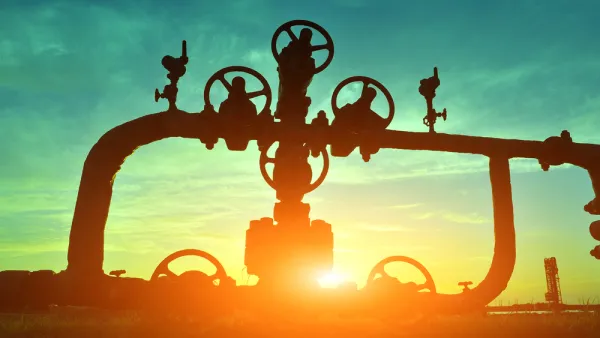In order for new coal power plants to meet the EPA's new rules for reduced emissions, they will have to rely on unproven carbon capture and storage (or sequester) technologies, putting the legality of the rule in doubt.
Matthew L. Wald and Michael D. Shear delve into the largely untested technology that plays a pivotal role in President Obama's plan to transform the number one source of U.S. greenhouse gas emissions, and the crucial role it plays in reducing carbon emissions from new coal power plants.
As noted here last Friday when EPA Administrator, Gina McCarthy, released the long-awaited, 2013 Carbon Pollution Standard for New Power Plants that "would limit new gas-fired power plants to 1,000 pounds of carbon dioxide emissions per megawatt-hour and new coal plants to 1,100 pounds of carbon dioxide. Industry officials say the average advanced coal plant currently emits about 1,800 pounds of carbon dioxide per megawatt-hour", Wald and Shear write.
Once the rule is in place, new plants would be required to capture carbon dioxide from the smokestacks and “sequester” it underground. Officials said the regulation could be completed by the fall of 2014.
In order to reduce emissions by almost 40%, coal power plants must use carbon capture & storage technologies. Is "CCS" technology readily adoptable by the coal power plant industry? Wald and Shear write that "to protect industries from pie-in-the-sky requirements, current law limits what rules the agency can make."
E.P.A. rules sometimes demand technological advancements, but the goals that the agency establishes have to be met by techniques that existing law describes as “adequately demonstrated.”
According to the writers, "(t)hree systems of carbon capture are in various stages of development. The most common is to convert coal into a mixture of hydrogen, carbon monoxide — which in this context is a fuel, not a pollutant — and carbon dioxide, and to recover the carbon dioxide at two different stages."
Are existing power plants using this technology? Wald and Shear write that "Ms. McCarthy cited four such projects. She told reporters on Friday that the draft rule was based on “technologies that are already entering the market and being constructed in plants today.” But the four she referred to in the committee hearing ranged from under construction to planned. None of them would sequester the carbon dioxide, and all would sell it".
Previously we have described CCS applications in Indiana, Wisconsin, and California.
Unpropitious news on CCS technology came from Norway the same day that EPA announced their new rule, regarding proposed plans to deploy CCS on an oil refinery. It was abandoning its carbon capture technology that it had announced in 2007.
"At both the national and international level, the development of technologies to capture and store CO2 has taken longer, been more difficult and more costly than expected," Oil and Energy Minister Ola Borten Moe told reporters.
FULL STORY: Challenges Await Plan to Reduce Emissions

Analysis: Cybertruck Fatality Rate Far Exceeds That of Ford Pinto
The Tesla Cybertruck was recalled seven times last year.

National Parks Layoffs Will Cause Communities to Lose Billions
Thousands of essential park workers were laid off this week, just before the busy spring break season.

Retro-silient?: America’s First “Eco-burb,” The Woodlands Turns 50
A master-planned community north of Houston offers lessons on green infrastructure and resilient design, but falls short of its founder’s lofty affordability and walkability goals.

Test News Post 1
This is a summary

Analysis: Cybertruck Fatality Rate Far Exceeds That of Ford Pinto
The Tesla Cybertruck was recalled seven times last year.

Test News Headline 46
Test for the image on the front page.
Urban Design for Planners 1: Software Tools
This six-course series explores essential urban design concepts using open source software and equips planners with the tools they need to participate fully in the urban design process.
Planning for Universal Design
Learn the tools for implementing Universal Design in planning regulations.
EMC Planning Group, Inc.
Planetizen
Planetizen
Mpact (formerly Rail~Volution)
Great Falls Development Authority, Inc.
HUDs Office of Policy Development and Research
NYU Wagner Graduate School of Public Service


























